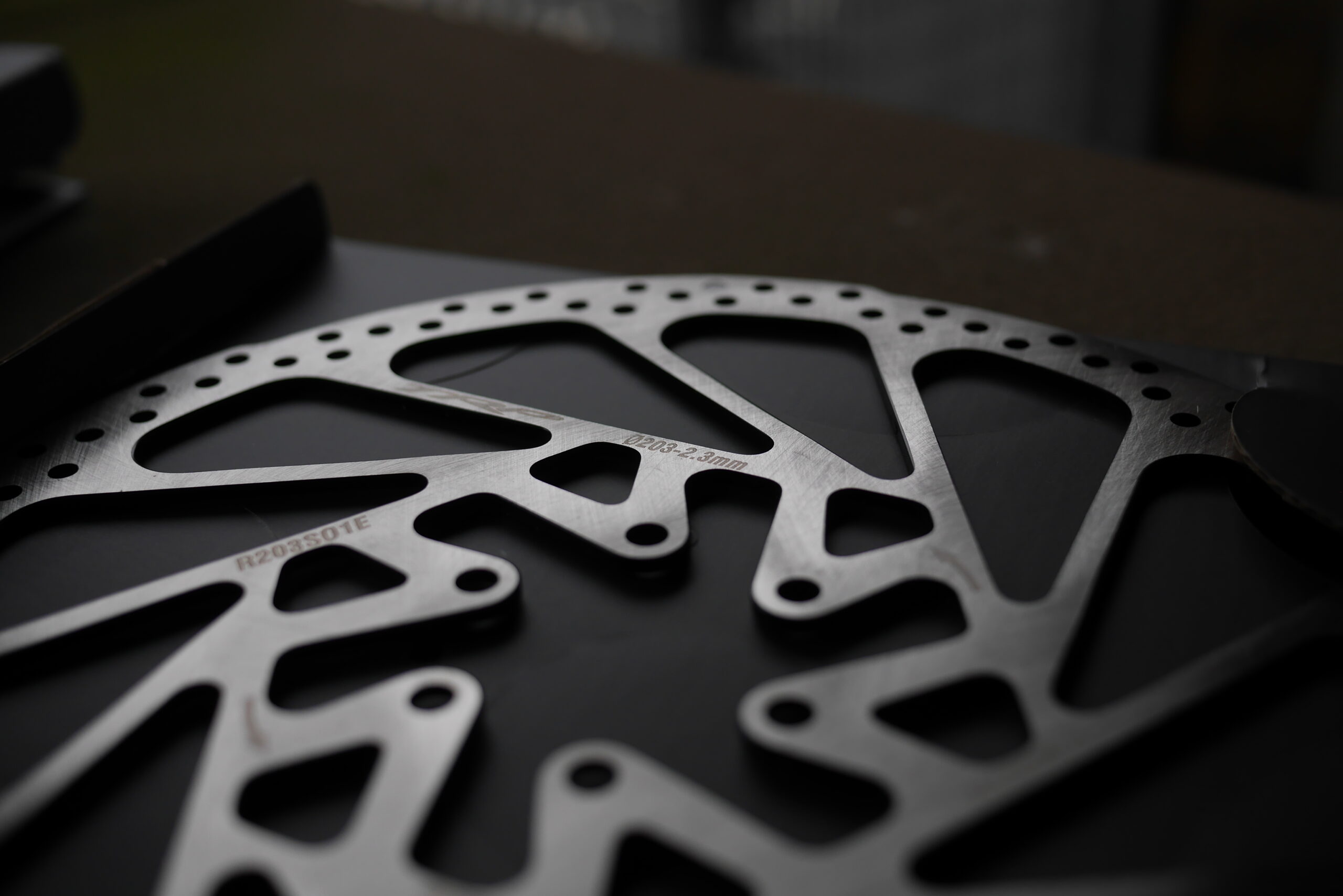If you’ve ever wondered just how mountain bike brakes work but been too afraid to ask, this video might just bring you some answers.
Although it’s from SRAM, it’s not telling you to go and buy their brakes. Instead, it’s telling you that the brake that will be best for you depends on a whole variety of factors. Riding trails? You want trail brakes… right? Nope. Apparently it matters how fast you’re riding, how heavy you are, how often you ride… and a whole lot more.
Should you have mineral oil, or DOT fluid? Well, that depends too. There are no simple answers, but there’s a whole lot of science and information packed into this short video.
Your first task is to watch it.
And of course, your second task is to head to the comments section and regale us with tales of why it’s wrong, you’re right, and your own personal recommendations for which brakes work best for you and so will of course work perfectly well for the rest of us. Got it?
And your third task is to check out the colour of your rotors. Are you in camp brown, or camp rainbow? No idea what we’re talking about? Watch the video and all will become clear!






